
- •Contents
- •Unit 1 What is a computer? The role of a computer in our life. Reading and comprehension
- •Vocabulary
- •Unit 2 Types of computer systems reading and comprehension
- •Vocabulary
- •Types of mini computers
- •Presentation activity
- •Unit 3 Computer system reading and comprehension
- •Hz is for hertz
- •Vocabulary
- •Presentation activity
- •Unit 4 Data storage. Types of computer memory. Reading and comprehension
- •Text 1 What is Computer Memory?
- •Cache memory
- •Hard drive
- •Virtual memory
- •Protected memory
- •Text 2 Magnetic Storage
- •Optical discs and drives
- •Flash memory
- •Data storage
- •K. M, and g are numbers
- •B is for byte
- •Bps is for "bits per second"
- •Vocabulary
- •Presentation activity
- •Unit 5 Output devices reading and comprehension
- •Text 1 Displays
- •Text 2 Types of printers
- •Vocabulary
- •Presentation activity
- •Writing
- •Unit 6 Input devices reading and comprehension
- •Input devices
- •Text 2 Pointing devices The mouse
- •Pointer and cursor
- •Other pointing devices
- •Vocabulary
- •Mouse actions
- •Presentation activity
- •Writing
Mouse actions
A mouse allows you to (1)..........................................................the cursor around the screen very quickly. Making the same movements with the arrow keys on the keyboard would take much longer. As you (2)..........................................................the mouse on your desk, the pointer on the screen moves in the same direction. The pointer usually looks like an I-bar, an arrow, or a pointing hand, depending on what you are doing.
A mouse has one or more buttons to communicate with the computer. For example, if you want to place the insertion point or choose a menu option, you just (3).........................................................(press and release) on the mouse button, and the option is chosen.
The mouse is also used to (4)..........................................................text and items on the screen. You can highlight text to be deleted, copied or (5)……………………………… in some way.
The mouse is widely used in graphics and design. When you want to move an image, you position the (6)…………………………….. on the object you want to move, press the mouse button, and (7)..........................................................the image to a new location on the screen. Similarly, the mouse is used to change the shape of a graphic object. For example, if you want to (8)……………………………….. a square into a rectangle, you (9).......................................................... one corner of the square and stretch it into a rectangle.
The mouse is also used to start a program or open a document: you put the pointer on the file name and (10)..........................................................on the name - that is, you rapidly press and release the mouse button twice.
Exercise 10. Read the instructions of using the scanner. Put the actions in the right order. Are all the steps described? Which of them are missing?
Check the text for mistakes.
If the image is too dark or too light you can adjust the brightness and the contrast.
The scanning software will automatically make a preview.
Lift the lid and put the original on the scanner glass.
Click “scan”
If you scanned a text it can be read by OCR software. The scanned image can be manipulated by image editing software.
For high image quality choose to scan at 300 dpi resolution.
If you want to save a text or an image choose a file format.
Exercise 11. Translate the text from Russian into English.
Part 1
Человек взаимодействует с информационными системами главным образом через устройства ввода-вывода. Клавиатура – традиционное устройство ввода данных в компьютер. Клавиатурами оснащены как персональные компьютеры, так и терминалы мэйнфреймов. Клавиатура современного компьютера разделена на 4 блока: алфавитно-цифровой блок – содержит клавиши латинского и национального алфавитов, а также клавиши цифр и специальных символов; блок управляющих клавиш; блок расширенной цифровой клавиатуры; блок навигации.
Сенсорные экраны предназначены для тех, кто не может пользоваться обычной клавиатурой. Пользователь может ввести символ или команду прикосновением пальца к определенной области экрана. Таким образом отпадает необходимость в еще одном периферийном устройстве. Компьютер занимает еще меньше места
Сканеры преобразуют в цифровую форму графическую информацию (рисунки, чертежи и пр.) и большие объемы текстовой информации. Это очень удобно, теперь не надо полностью перепечатывать весь текст, достаточно открыть крышку, положить лист бумаги на стекло, и нажать кнопку «сканировать». За пару минут текст будет преобразован в цифровую форму, и окажется на экране компьютера. Еще пару минут вам понадобиться на проверку текста и можно сохранять его в нужной программе. Существуют различные виды сканеров. Для домашнего использования приобретаются обычно планшетные сканеры, хотя пользователь может заинтересоваться и МФУ. В любом случае, главное, на что мы должны обращать внимание, – это расширение.
Part 2
1. Мышь была разработана довольно давно (в 60-х годах). Обычно мышь, как и клавиатура, подключается к компьютеру с помощью кабеля. Однако сейчас используются и беспроводные технологии. Пользоваться мышью легко – вы передвигаете ее по столу, а на экране компьютера синхронно перемещается курсор. Чтобы активизировать некоторую опцию, нужно щелкнуть левой клавишей мыши. Иногда требуется щелкнуть два раза, например чтобы открыть документ.
С помощью мыши вы можете организовать свой рабочий стол так, как вам удобно. Для того чтобы перетащить объект с одного места на другое, необходимо подвести курсор, выделить объект, и перетащить его, при этом вы держите и не отпускаете левую клавишу мыши. Когда объект окажется на нужном месте, отпустите клавишу мыши.
Однако помимо мыши существуют и другие устройства для взаимодействия с компьютером. Для удобства работы с некоторыми графическими приложениями и графическими объектами удобнее использовать световое перо, а для игры в некоторые симуляторы – джойстик.
2. Системы распознавания речи преобразуют в цифровую форму произносимые пользователем слова. Существует два режима работы подобных устройств. В режиме управления (command mode) вы произносите команды (такие как "открыть документ", "запустить программу" и т.д.), которые выполняются компьютером. В режиме диктовки (dictation mode) можно надиктовывать компьютеру любой текст. К сожалению, точность распознавания речи таких систем оставляет желать лучшего. Человеческий голос имеет множество оттенков, на точность распознавания может повлиять интонация, громкость речь, окружающий шум, даже банальный насморк. Тем не менее, работа над совершенствованием этих устройств ввода информации продолжается и, несомненно, у них большое будущее.
SPEECH
Exercise 12. Look at the pictures of different output devices, characterize them. Speak about each of them following the plan, use the words and word combinations given in brackets)
OUTLINE:
Name the device
(there is …., the picture is figured with….)
Give its specifics (resolution, size, type, speed, etc)
Specify the sphere of application
(this device/appliance can be used… , it is designed for…, with the help of… we can… .)
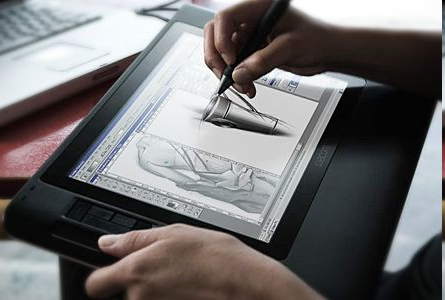

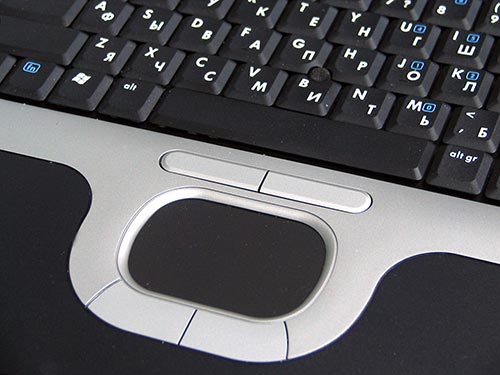
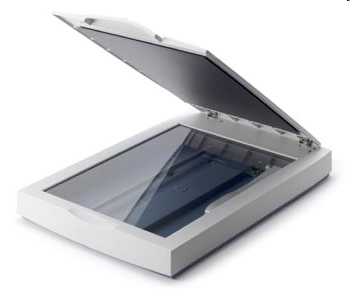
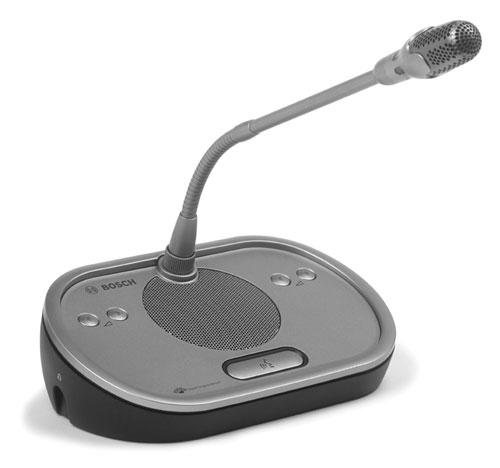
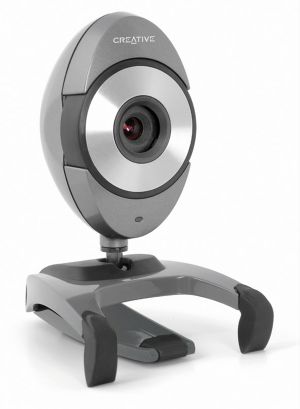
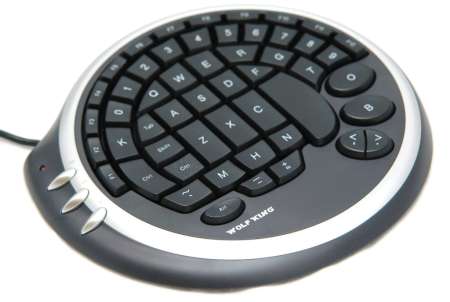
Exercise 13. Make up a dialogue. Use the vocabulary of the units and the language box below. Follow the outline:
George and Michael are friends. George asks Michael for advice He wants to set a workstation necessary for his teleworking. George is an IT consultant. George needs help to decide what type of computer he will buy and what output and input devices he will need.
Exercise 14. Compare different types of devices speaking about advantages and disadvantages. Look for additional information
optical mouse vs rolling mouse
flatbed scanner vs handheld scanner
